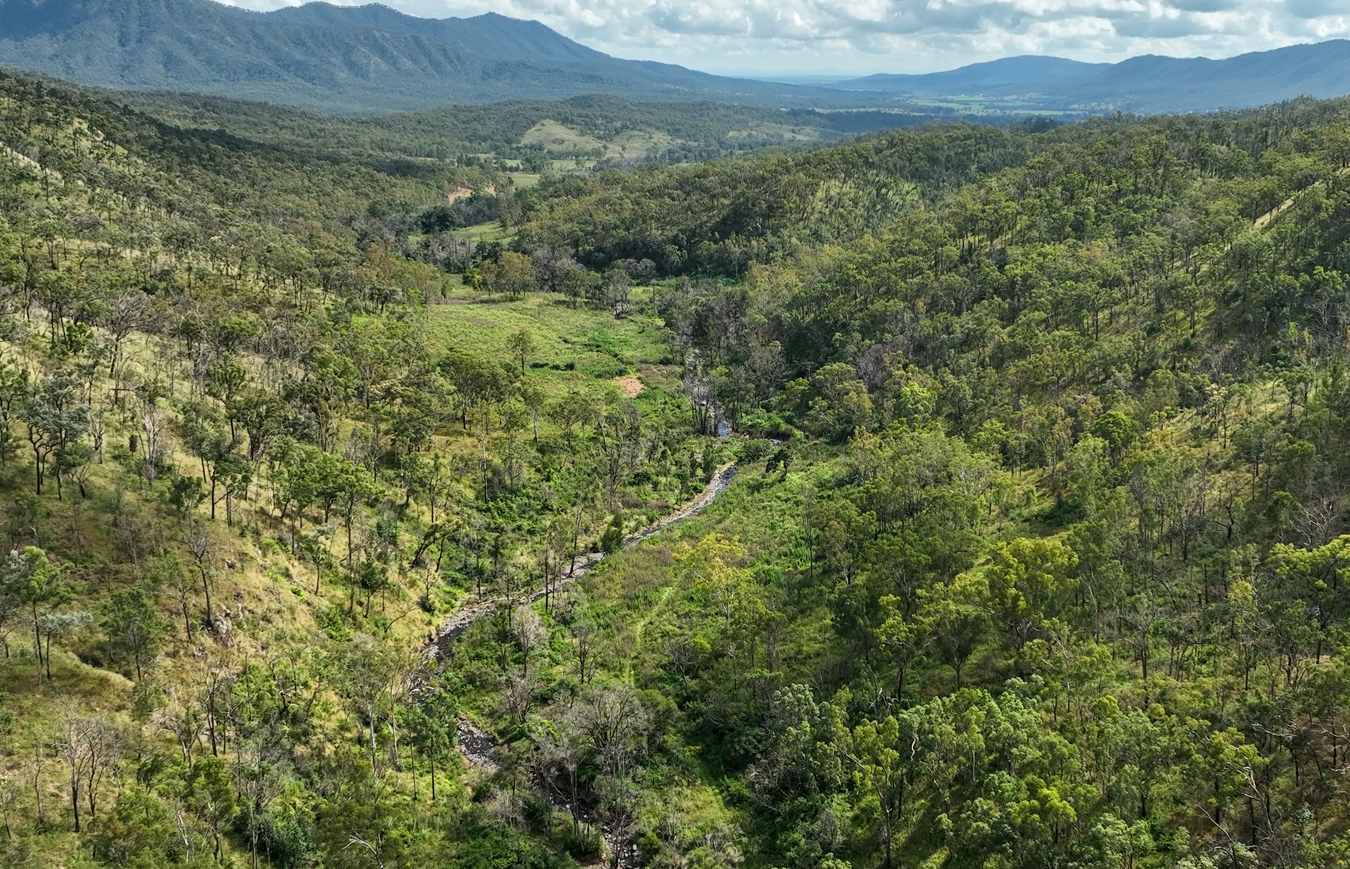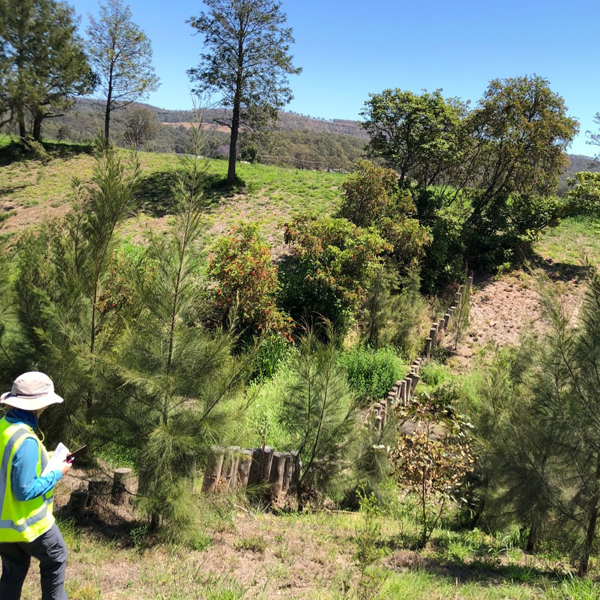Building Catchment Resilience
THE PROBLEM
Many of our catchments and waterways are in poor condition and no longer resilient to extreme weather events, which are becoming more frequent and intense.
The downstream impacts of these events include increased sediment and nitrogen pollution, increased flood risks and damage to houses and infrastructure, loss of valuable farm topsoil from erosion, increased water treatment costs, and loss of water storage. These all require upstream solutions – yet landowners and resource managers haven’t had the resources to effectively deal with these issues.
The good news?
Research now reveals how these problems can be fixed, providing a data- driven decision-making tool to help guide and optimise on-ground investment in catchment restoration, which prioritises industry investment through a full cost to benefit analysis for all stakeholders.
Making informed catchment restoration decisions
New data-driven investment decision-making tool
Based on catchment-scale research, a new data-driven investment decision-making tool has been developed. The research, led by Griffith University’s Australian Rivers Institute, integrates flood mapping data with environmental and economic data, so different investment and management scenarios can be explored from a catchment-scale perspective, through an easy-to-use visualisation tool.
The tool highlights the economic benefits to downstream industries that rely on healthy catchments, to help prioritise industry investment in green infrastructure solutions, while also providing landowners with long-term maintenance and opportunity costs of changing land use practices.

Building Catchment Resilience Decision Support Framework
Our data-driven visualisation tool, developed through partnership with Queensland University of Technology, helps stakeholders investing in catchment restoration know their money is well spent, and assists landowners who may be hosting and managing the on-ground projects understand the full costs and benefits.
Request modelling for your catchment
Find out when we’re coming to your catchment to explore this tool

Green infrastructure solutions backed by research and industry
This data-driven investment tool is based on research led by Griffith University’s Australian Rivers Institute, with a focus on the Laidley catchment in Southeast Queensland, however the tool can be applied to catchments across Australia, and the world.
The research was funded by The Ian Potter Foundation, with additional support from the Queensland Government, Queensland Urban Utilities, Seqwater, Port of Brisbane, Healthy Land and Water, SEQ Council of Mayors and the Lockyer Valley Regional Council.
Griffith University partnered with the Queensland University of Technology and Water Technology to develop the visualisation tool based on the research findings.
